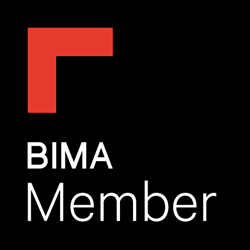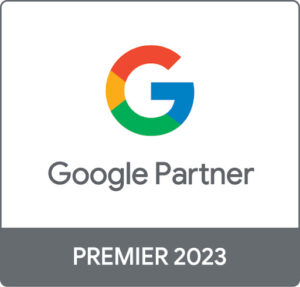Using our content marketing periodic table
What’s your Strategy?
Where it all starts. Without a strategy, you won’t get very far. All successful businesses have strategies that clearly define their goals and how they’re going to reach them.
Well, the same applies to marketing your content. Your strategy is the fundamental key to successfully marketing your brand online. A strategy enables you to identify what’s most important to reaching your goals, plan your content calendar, define your target audience, understand who you are creating it for and why, and focus on producing content that helps your customers.
How will you Format it?
How are you going to format your content? Different formats have unique goals, but content can be recycled into many different format types and used for different reasons. Defining the format of your content usually comes first (but not always) and usually ties in with your content’s purpose.
Need links from high-powered, niche related websites? Write a compelling, interesting press release and distribute it to a targeted press list. Want something to go viral? Create a video, publish a landing page and use social media and promoted ads to trigger compelling shares.
What’s the Content Type?
There are hundreds of different types of content, so this is by no means a definitive list. However, it’s a good list of the basics types you can begin creating.
Mix it up! Use and test different types of content to see which ones best resonate with your audience and drive the best engagements and social media shares. The content type usually ties in with your purpose and metrics depending on what you’re trying to achieve.
For example, creating insightful advice articles about your specialist subjects that aim to help your audience will earn powerful links which will not only help your page rank well in Google but will contribute to your overall website’s domain authority.
Choose the Platform
This platform you choose to distribute your content on is imperative to the success of your content. By now you should know who you are targeted and why you’re creating it. When and if you know these two important things, you’ll have a better idea of which platforms will work best for marketing your content.
Our advice is to set up loads of platforms for distributing your content and consistently use them. By continuously producing high-value content and getting it out there, you’ll build authority within your sector and fans of your brand. Over time, you’ll find that by earning this trust and authority within your marketplace, your fans will begin to do all the hard work for you.
Measure the Metrics
How do you know if a piece of content has performed well? How do you know what effect your content marketing strategy is having on your business? Setting up and defining your metrics enables you to measure the performance of each piece of content, which you can use to review and learn from.
Was content X created to boost page views? Or was content Y created to rank organically in Google to attract more website sessions and drive user engagement on your site?
Set yourself goals and define what means success before you begin creating and marketing your content, that way you’ll have a better idea of how successful each piece of content was.
Give it Purpose
Why are you making content? Every single page you create on your website must have a purpose, or solve a problem for your audience.
Basically, content must have value. Don’t just produce content because you’ve heard how “Content is King”. Yes, Google rewards websites that regularly produce content. But your content will get nowhere if it’s thin, copied or doesn’t add value to your website.
Your content must align with your primary business goals. Whether that’s to generate more sales, get more newsletter sign-ups, better search engine rankings or increased brand awareness. When done right, content is super powerful.
Define the Style
Do you know who you’re creating your content for? Who is your audience? What makes them tick? What 3 factors most influence their decisions when purchasing online?
These are all questions you must answer before you begin writing, creating and marketing content. The style of your content needs to fit in with your brand’s identity; particularly the tone of voice and personality. But, most importantly, the style of your content must align with your goals and the action you want your audience to make.
For example, you want your audience to sign-up to your monthly newsletter and to entice them you’re willing to give away an awesome free resource. Ask yourself how you’re going to present this exchange, what kind of language are you going to use and how will you phrase the deal to look like your users are winning?
Method to the Madness
You will, of course, have your own process for creating great content for your site. Being able to visualise the workflow in this way really helps when working in a team, especially if you are bouncing work between different people. We kept ours simple and referenced only a high-level workflow for content creation.
Here’s our high-level 8 step creation process:
- Fully research the topic we’re writing about and set questions to answer.
- Understand the needs of the audience we’re creating it for.
- Identify the keywords we need to target.
- Write the copy with the customer in mind, using persuasive language to help them make better decisions.
- Optimise the page for Google, improve UX and turn into a valuable piece of content.
- Ensure the tone of voice and personality is brand consistent.
- Quality assurance is so important to the learning process – get another team member to check your work and constructive give feedback.
- Publish the content, measure the engagement, learn what works best with your audience and improve next time.
So in Conclusion…
So there you have our very own content marketing periodic table for 2016. This is by no means a definitive list of content ideas, but it should give you a grasp on the types of content you should be creating for your website and how you can best deliver it to your target audience.










